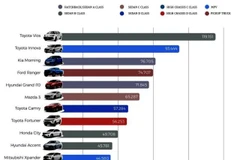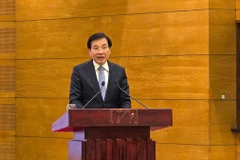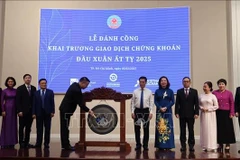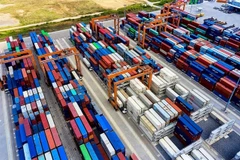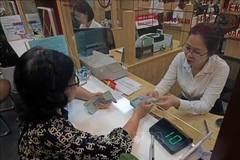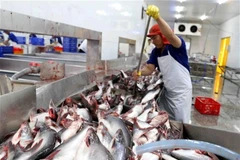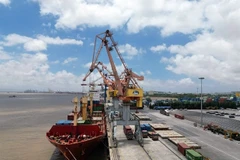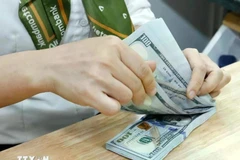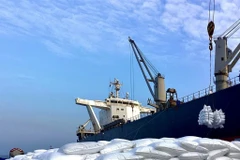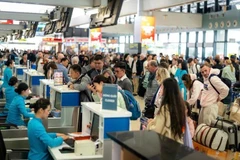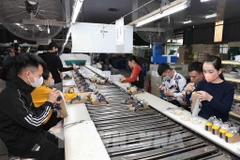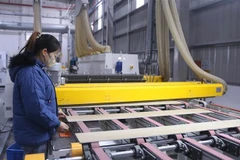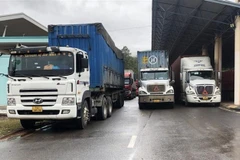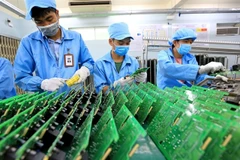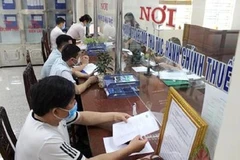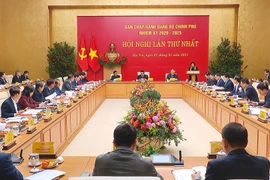Speaking at a teleconference on July 9 reviewing industrialproduction and the trade situation over the first half of 2018, as well as workingout orientations for the remaining months of the year, Duong Duy Hung, head ofthe department, attributed the success to the recovery of the world economy,Vietnam’s improved business and investment environment, and growth in bothdomestic consumption and industry, especially in processing and manufacturing.
The relatively low economic growth rate during the firsthalf of 2017 was also a factor contributing to a perception of this year’s highgrowth rate, Hung stated.
However, he pointed out several challenges facing thecountry’s economy in general, and the industry and trade sector in particular,including policy changes from several of Vietnam’s main importing countries;increases in import taxes of some Vietnamese products to the US; slower growthof processing and manufacturing; higher inflation pressure; trade deficit overthe past two months; and complicated weather developments.
Minister of Industry and Trade Tran Tuan Anh said that giventhe context that trade conflicts are growing, with technical and trade productionbarriers becoming more frequent, it isnecessary for all ministries and sectors to join hands in tackling futureproblems.
He cited the recent illegal, unreported, and unregulated(IUU) fishing problem, saying that it is essential for ministries and sectorsto take the initiative and coordinate in order to maintain the market.
Although Vietnam has signed a lot of free trade agreements(FTA) and bilateral trade agreements in certain fields, technical barriers andadministrative procedures are still abundant, making it complicated anddifficult to approach export markets.
Therefore, he stressed the need to study markets thoroughly whenconducting policy administration in order to balance interests and seek out anyweaknesses in cooperation mechanisms intended to facilitate the export of products.
To achieve the targets set for 2018, the minister emphasisedthe need to complete institutions, improve the business and investmentenvironment, and speed up the restructuring of the industry and trade sector.
It is also necessary to keep a close watch on marketdevelopments so as to have flexible administration procedures and supportbusinesses in implementing appropriate business and production measures, Anhstated, pointing out that import-export activities are normally busy in thesecond half of the year.
The Comprehensive and Progressive Agreement forTrans-Pacific Partnership (CPTPP) and the EU-Vietnam FTA, expected to becomeeffective in 2018, have helped Vietnam attract more foreign investors, thus facilitatingthe country in improving its production capacity.
The ministry will intensify measures to remove barriers andcreate favourable conditions for exports, especially agricultural products andseafood, he added. -VNA






